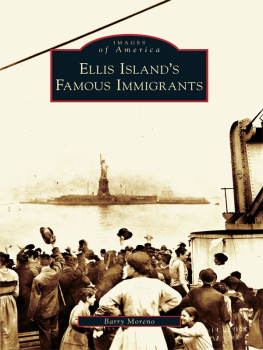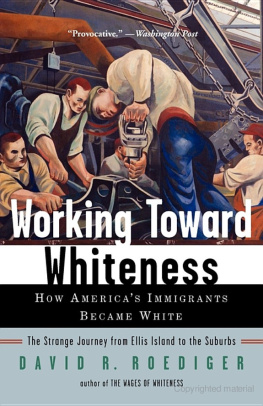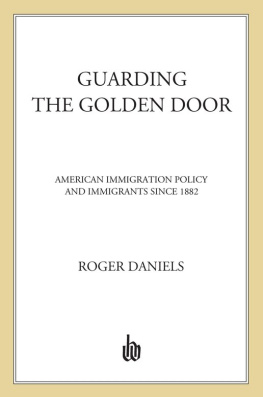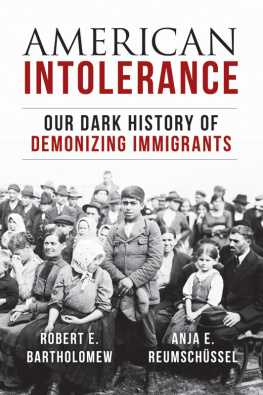HANDBOOK OF THE UNITED STATES OF AMERICA
AND
GUIDE TO EMIGRATION;
GIVING THE LATEST AND MOST COMPLETE STATISTICS OF THE GOVERNMENT, ARMY, NAVY, DIPLOMATIC RELATIONS, FINANCE, REVENUE, TARIFF, LAND SALES, HOMESTEAD AND NATURALIZATION LAWS, DEBT, POPULATION OF THE UNITED STATES, AND EACH STATE AND CONSIDERABLE CITY, AGRICULTURAL CONDITION, AREA FOR CULTIVATION, FOREIGN COINS AND THEIR VALUE, FOREIGN AND DOMESTIC POSTAGES AND LABOR TABLES, EDUCATION AND RAILWAYS, ETC., ETC.,
FURNISHING ALL THE NECESSARY INFORMATION CONCERNING THE COUNTRY, FOR THE SETTLER, THE BUSINESS MAN, THE MERCHANT, THE FARMER, THE IMPORTER & THE PROFESSIONAL MAN.
First published 1880.
INTRODUCTION
By 1880, the passions of the Civil War, now fifteen years in the past, were beginning to fade. The Reconstruction of the former Confederate states was abandoned. Federal soldiers were withdrawn from the defeated South, perhaps as a sign of a return to normalcy. Politics carried on, agitated as ever. In 1880 the United States was sharply divided between two great political parties, Republican and Democrat. In the presidential election of that year the Republican nominee, James A. Garfield of Ohio, secured a paper-thin popular majority (7,018 out of some nine million votes cast) over the Democrat Winfield Scott Hancock of Pennsylvania. Eight months later Garfield was assassinated by a mentally unstable office-seeker, Charles J. Guiteau. (Garfield was the second American president to be assassinated, following Abraham Lincoln in 1865). It was not quite the peaceful, stable democracy praised by Americas warmest admirers. The union was a turbulent, divided society, in which economic and political partisanship were the dominant note.
Yet the appeal of the United States remained strong. The flood of immigrants swelled, paused, and then in the 1890s resumed its dramatic growth. Immigrants may not have been able to explain the political differences between Garfield and Hancock, but they knew something about America which remains an enduring truth. In the eyes of immigrants, America was a place of opportunity and hope.
The Handbook of the United States of America, published in 1880, carried its true purpose in its subtitle: Guide to Emigration for The Settler, The Business Man, The Merchant, The Farmer, The Importer & The Professional Man. It was a publication designed to inform, to present necessary information about the American system of government, its policies, and the kind of economic opportunities that might shape the decisions of immigrants. There have been hundreds of similar publications, with similar titles, published in English and all the major European languages. The National Hand-Book of Facts and Figures, historical, documentary, statistical, political, from the formation of the Government to the present time, With a full chronology of the Rebellion, a substantial publication of over 400 pages, was published in New York in 1868. The American Social Science Association published a Handbook for Immigrants to the United States in 1871.
The publication of such handbooks was, if not quite a big business, part of the larger structure of promotion and publicity seeking to cater to the needs of immigrants. The whole process of emigration was an international business opportunity that was fed by the European rail lines carrying immigrants to the major seaports of Liverpool and Hamburg, where passage could be booked on the great transatlantic shipping lines for American ports. On arrival in New York, the immigrant hotels, saloons and boarding houses competed for their business. The runners who offered their persistent services to the newly arrived were the first to help, and the first to prey upon the immigrant.
We dont know how many immigrants actually read books about America (some certainly did), but hostile or admiring books about the American people, their manners and quirks, found a broad readership across Europe. Charles Dickens American Notes for General Circulation, describing a visit to the United States in 1842, was widely resented for its satirical portrayal of American manners, and disgust at the near-universal American custom of chewing tobacco and spitting. There were in truth many sources of information about American life, from family letters sent from the New World, to newspaper reports, gossip and word-of-mouth news.
Later in the nineteenth century immigrants began to write books about their experience of coming to America. Among these, one of the most charming is From Plotzk to Boston, which was published in Boston in 1899 (with a foreword by The Dickens of the Ghetto, Israel Zangwill). It was originally written in Yiddish by Mary Antin, an eleven-year-old who traveled with her family to join their father in America. Antin went on to forge a literary career singing the praises of America. Such accounts became important ways for immigrants to find their voice. In 1880, the Handbook of the United States of America spoke to the experience of hundreds of thousands of immigrants. If such publications did not speak for the immigrant, at least they addressed the world in which immigrants were making their way.
The census returns of 1850 provide the first solid figures we have about the scale of foreign-born inhabitants in the United States: 2,244,602 foreigners, virtually all drawn from Northern Europe, had settled in the United States. A decade later, in 1860, the immigrant population had risen to 4,138,697. Immigrant numbers grew more slowly in the 1860s, due to the Civil War and economic hard times: 5,567,229 in 1870, and a million increase to 6,679,943 in 1880.
Immigrants came from increasingly diverse places, bringing with them languages, values, and expectations which changed America and largely for the better. There were 184,000 Germans living in Wisconsin in 1880 and 370,000 Germans in New York City, with many settling in Kleindeutschland or Dutchtown, east of the Bowery. The German population in Chicago in 1900, some 470,000 strong, made up one fourth of the citys population. Nonetheless it overstates the case to claim that the United States was a Nation of Immigrants, the title given to a book written by Senator John F. Kennedy in 1958, and usefully employed by columnists and politicians ever after: We define ourselves as a nation of immigrants, remarked President Obama in an address given in Las Vegas in January 2013, shortly after he was inaugurated for his second term as president. The promise we see in those who come here from every corner of the globe, thats always been one of our greatest strengths.
Not everyone has agreed with that proud assertion. There was no golden age of sympathy for foreigners in the nineteenth century. There was a long history in America of hostility to immigrants, often expressed as anti-Roman Catholicism. The experience of many immigrants was in no small measure one of struggle, disappointment, frustration, and uncertainty. Hyphenated Americans (as they were called) came under strong pressure to learn English and enter fully into American life. In a lecture in 1893, Theodore Roosevelt, then a member of the United States Civil Service Commission, claimed that We have a right to demand that every man, native born or foreign born, shall in American life act merely as an American... we dont wish any hyphenated Americans; we do not wish you to act as Irish-Americans, or British-Americans, or native Americans, but as Americans pure and simple.
The call for the Americanization of the immigrants contained an or else, an implicit threat. But the preferred view, articulated in The New Colossus, an 1883 poem by Emma Lazarus, was of an outstretched hand, welcoming the huddled masses yearning to breathe free:







